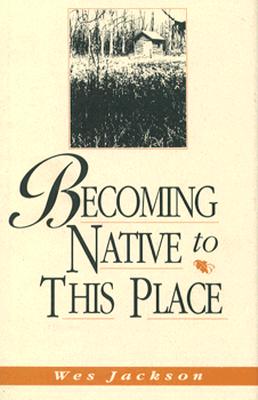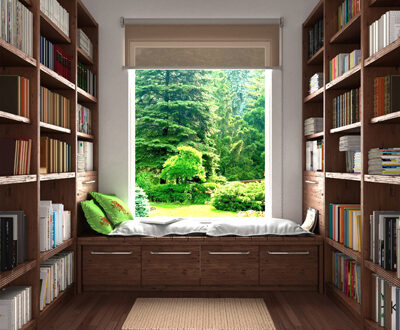Hardy Winter Citizens
My header images these days contain pictures of the birds that come to our feeders. I thought I’d do a post that matches up the images with their species. There are currently eight birds in the rotation.

This is a female; the male is darker. A pair of these nested in our hanging plant a few years ago. They usually feed on the ground, but we’ve seen them several times on our tube feeder this year.

This one has more tan on its sides than the juncos we ordinarily see. I think it may be one of the western variety that has ventured east, as they sometimes do. (Or so I’ve read.)

In summer these birds (especially the males) look like drops of fire as they dive from the branches to the feeder, but in winter they’re more dull-colored. I’ve read that if other birds lay eggs in a goldfinch nest, they rarely survive the all-seed diet goldfinches feed their young.

I’ve never noticed this bird before, but they’ve appeared at our feeder this week. When they look straight at you they look grumpy, thanks to the black fu and black mask. :-)


This bird doesn’t come to the feeder; it’s one of a flock we saw on a recent walk. It’s plump with a spot on its breast and a yellow lower beak.

I love white-throats, though prior to this year I thought they lived farther north in summer and migrated farther south in winter. Maybe because of the placement of our feeder further from the house this year, I’ve discovered that they are year-round residents in this area of New York.

I adore this little ball of bird that’s been coming to our cake of homemade suet (Christmas morning bacon drippings, hardened with peanut bits and sunflower seeds). It’ll be one of the earliest singers in spring, belting out its earsplitting “Teakettle Teakettle TEA!” (*Edited to add: I’ve since read that using bacon drippings for suet is not a good idea, so we won’t be doing that again!)

Who doesn’t love chickadees?
Forget your troubles, try to be
just like that cheerful chickadee
and whistle while you work…
Actually, chickadees are made of strong stuff. It was 5 degrees out this morning! They and the other little birds fluttering around out there are in a life-and-death search for food all day long today. It makes the bird feeder more than just a source of pleasure for us birdwatchers.
I read in The Forest Unseen that chickadees have various adaptations to the cold. They grow 50% more feathers in winter (the original down jacket). They sometimes sleep huddled together in a “ball of birds.” And they search constantly for food with eyes that are lined with twice as many receptors as humans’:
On a winter day, the birds need up to 65,000 joules of energy to keep themselves alive. Half this energy is used to shiver. These abstract measures become more understandable when they are converted into the currency of bird food. A spider the size of a comma on this page contains just one joule. A spider that fits into a capitalized letter holds one hundred joules. A word-sized beetle has two hundred and fifty joules. An oily sunflower seed has more than one thousand joules…
Sharing this information, I’m doing what I can to show what a great thing it is to keep the feeder filled in winter. And the fun of watching the birds is one of the real pleasures of the colorless season. There are many more than the eight species I’ve managed to capture lately in pictures: cardinals, titmice, nuthatches (red and white-breasted), house finches, downy and hairy and red-bellied woodpeckers, mourning doves. There were bluejays, though they seem to have vanished. But as my stock of pictures grows they’ll appear in my header, at least for awhile.



2 Comments
Valerie
Love all you do…Thanks and Happy New Years to you and yours :)
Janet
Thank you! Happy New Year to you too. Thanks for visiting!